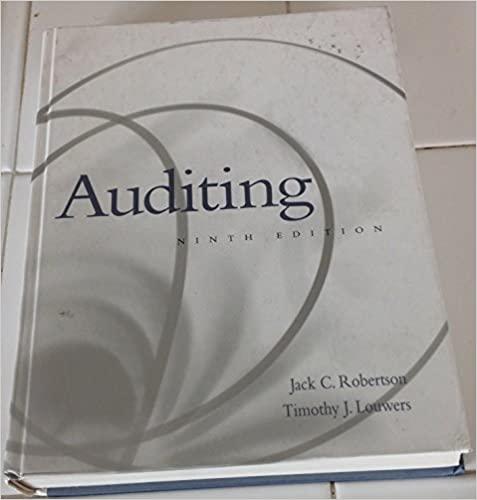Question
PROBLEM SET 9D: Marginal revenue functions, elasticity based pricing strategies. Background (FYI) In this problem set, were going to cover the learning objectives by following
PROBLEM SET 9D: Marginal revenue functions, elasticity based pricing strategies.
Background (FYI)
In this problem set, were going to cover the learning objectives by following tasks that my Spring 2015 MPA Capstone team did for the Indianapolis Zoo.[1] The Indianapolis Zoo is a public zoo but it receives no public revenues, instead relying entirely upon sales and fundraising. The monies it raises are used to cover operational expenses and further its primary mission of conservation. In 2014, they adopted dynamic pricing (i.e. Ramsey Pricing) via an algorithm that lets prices fluctuate with demand. Instead of setting a single price, the price on a given day would fluctuate based on peoples attempts to buy tickets online (which they presumably based on weather forecasts, day of the week, holidays, etc.). This also had the desired effect of incentivizing people with flexible schedules to seek out cheaper non-peak days. They received some criticism for this policy from advocates who were concerned that households with less flexible schedules would end up paying more, and the Zoo board was concerned that this criticism was accurate to the point of hurting their advocacy mission. In addition, while their revenues increased considerably under dynamic pricing, they were curious as to whether the algorithm was successful in maximizing revenues. This problem set is an abridged investigation into these issues.
Part I: Test for Price Equity Effects
Price=0+1 Rain+2MaxTemp+3Tuesday+4Wednesday+5Thursday+6Friday+7Saturday+8Sunday+9Black +10 Hispanic +11 Asian
Plugging the parameter estimates into the inverse demand function:
Price=16.33+0.083 Rain+0.0179MaxTemp+0.31Tuesday+0.57Wednesday+0.78Thursday+2.15Friday+11.74Saturday+8.45Sunday-0.0796Black+0.094 Hispanic-0.1979 Asian
In the specification above, the baseline is a responder who answered on Monday and whose race is white. The print out of the results will show you the estimated effect of each variable on ticket price. You will see, for example, that a 1 degree increase in temperature would increase the ticket price by $0.0179. You will see that prices on Saturday are $11.74 higher than on Mondays, whereas Friday prices are $2.15 higher than Mondays. Turning to the race variables, we see that black respondents paid $0.07 less for their tickets than whites, Hispanics paid $0.09 more than whites, and Asians paid about $0.20 less than whites.
The regressions also give us standard errors for each of these estimated coefficients. For example, the standard error on black is 0.087218. The -0.079643 is the point estimate, and we can construct a 95% confidence interval using the standard error times 1.96:[2] Upper limit = -0.079643 + 1.96*0.087218 = 0.09130428 Lower limit = -0.079643 - 1.96*0.087218 = -0.2505903
The 95% confidence interval runs from $0.09 to -$0.25, and because this range passes over zero we cannot reject the null hypothesis that black zoo patrons pay the same ticket prices as whites. The point estimate suggests they actually pay a little bit less.
a).Compute the upper limit for Hispanics.
b).Compute the lower limit for Hispanics.
c). True or False: At a 95% confidence interval, we cannot reject the null hypothesis that Hispanic patrons pay the same ticket prices as whites.
Step by Step Solution
There are 3 Steps involved in it
Step: 1

Get Instant Access to Expert-Tailored Solutions
See step-by-step solutions with expert insights and AI powered tools for academic success
Step: 2

Step: 3

Ace Your Homework with AI
Get the answers you need in no time with our AI-driven, step-by-step assistance
Get Started


